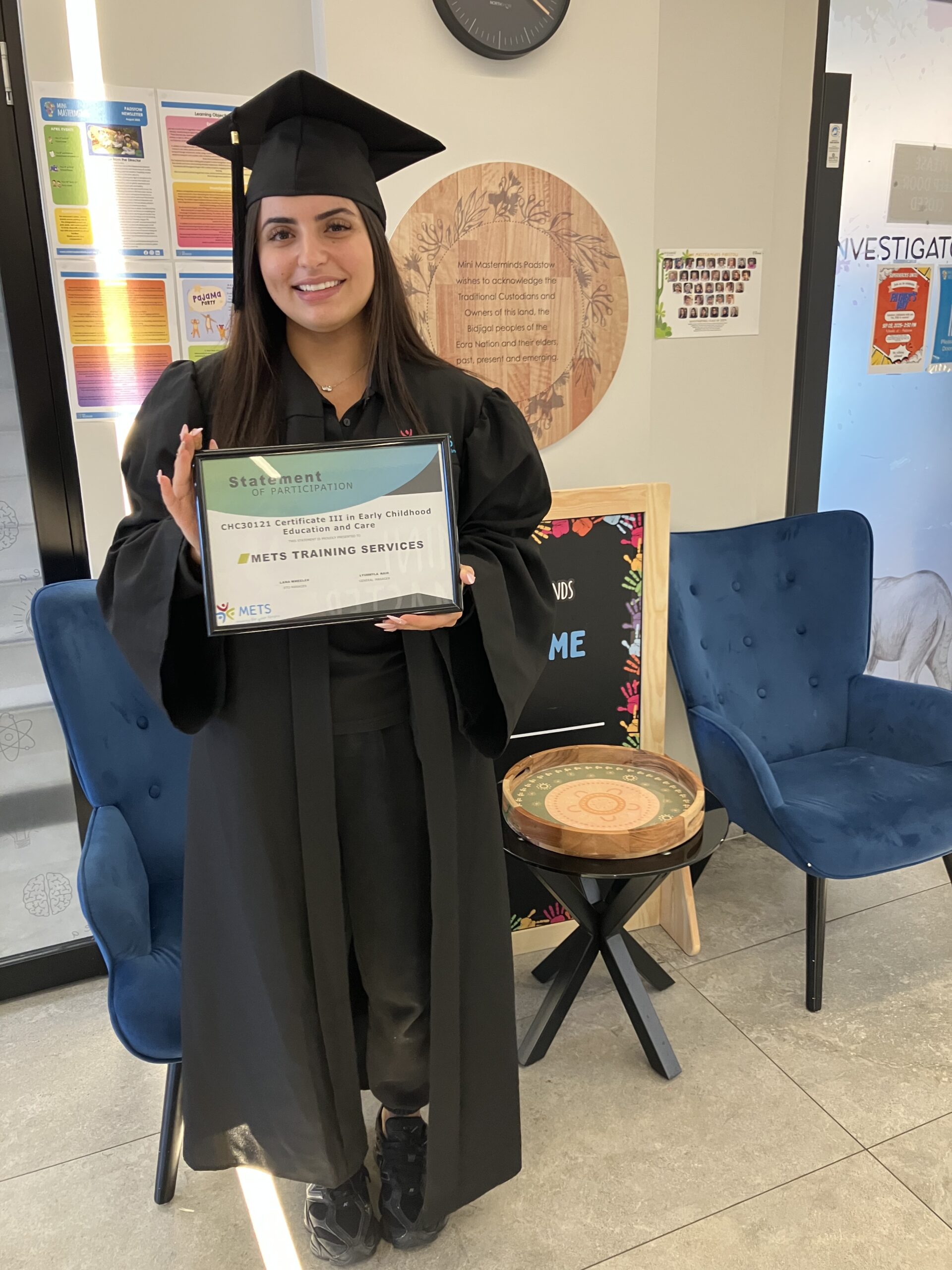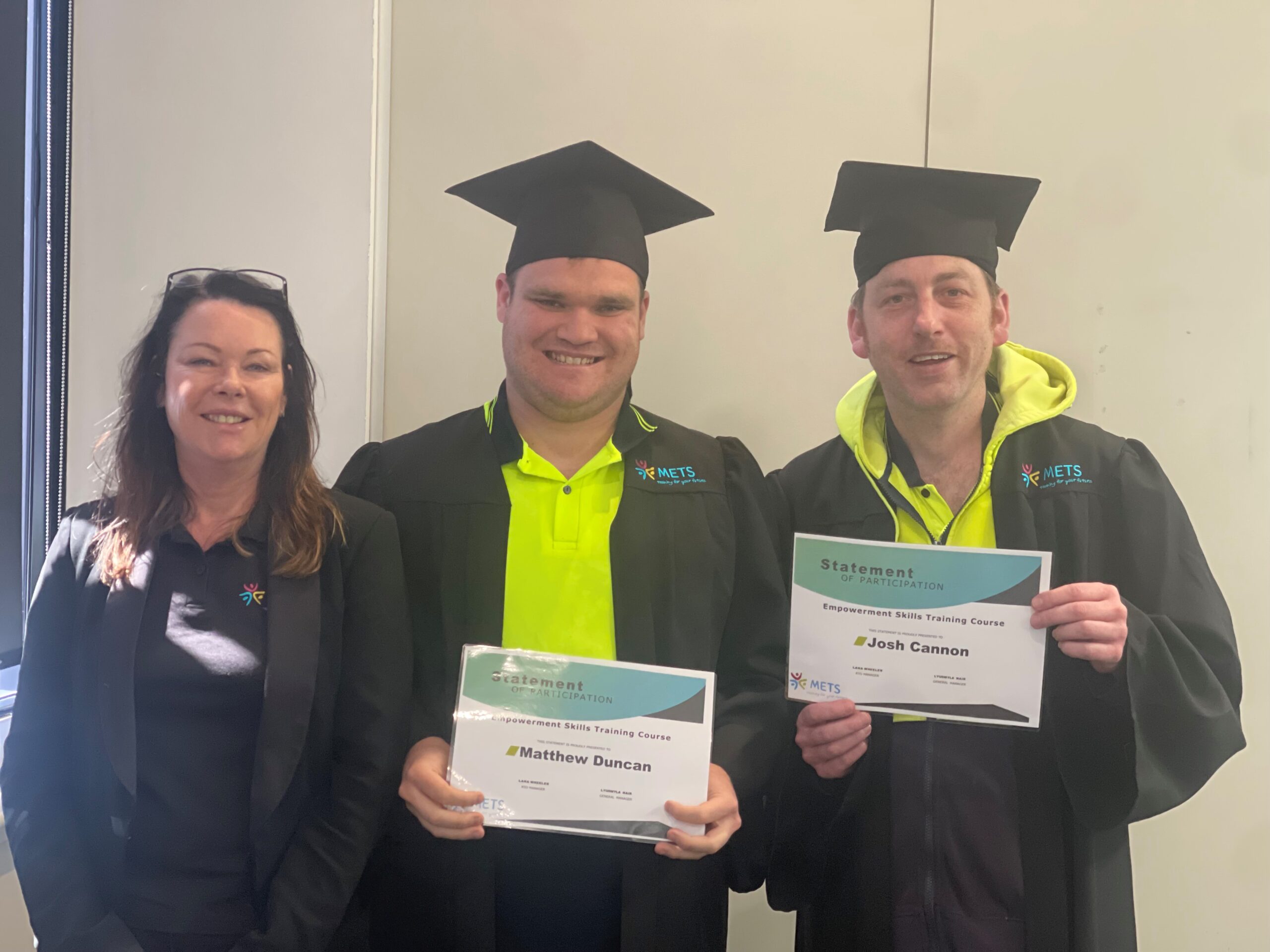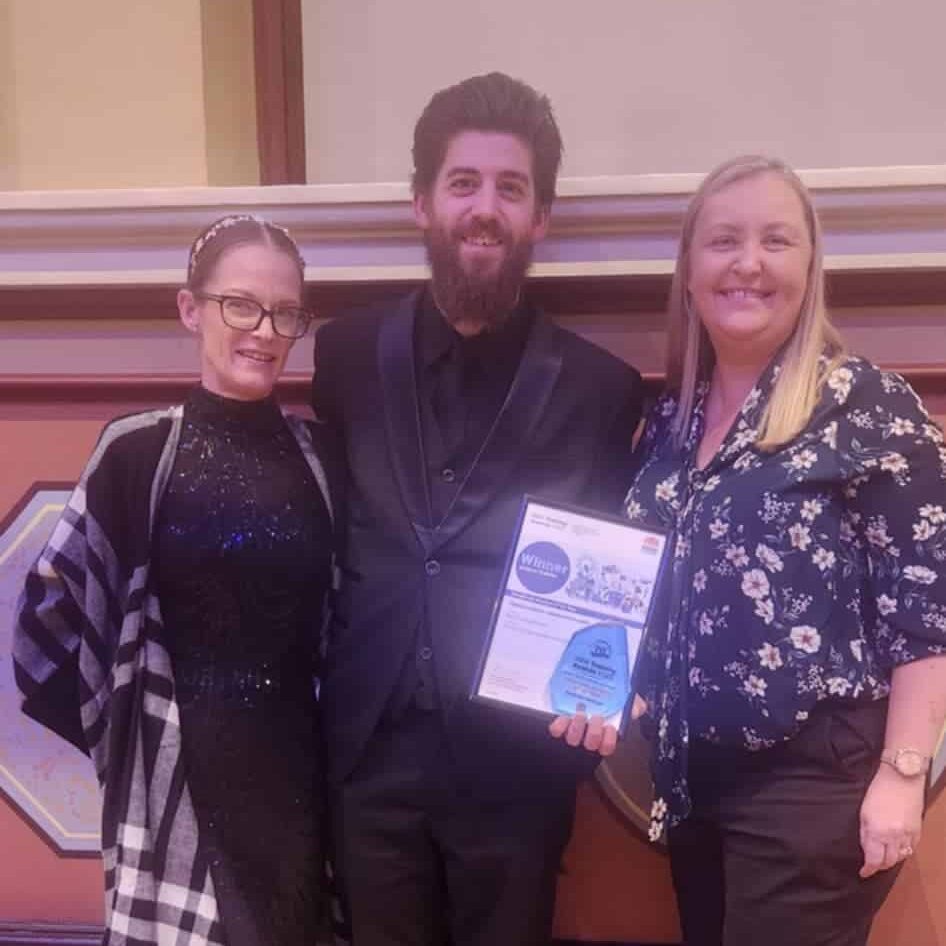Recognition of Prior Learning, or RPL, is a process that allows you to turn your work experience and existing skills into nationally recognised qualifications. It’s designed for people who have been working in a trade or industry but may not have formal certification to show for it.
Applying for RPL can save you both time and money by reducing the need to study things you already know. Instead of repeating training, you get credit for the realworld experience you’ve gained over the years.
But for the process to go smoothly, it’s important to avoid common mistakes that can slow things down or lead to rejection. This guide will walk you through what to watch out for so you can move forward with confidence.
Choose METS Training Services for your RPL application and get the support you need from a trusted, experienced provider. We make the process clear, personalised, and efficient helping you gain nationally recognised qualifications based on your real world experience.
Common Mistakes to Avoid When Applying for RPL
Mistake 1: Not Understanding RPL Properly
One of the biggest mistakes people make is thinking that RPL is just a fast way to get a certificate. While it can save time, it’s not automatic. You still need to provide solid evidence that shows you’ve gained the required skills through real work experience.
Some applicants jump in without knowing how the process works or what’s expected. It’s worth taking the time to read up on RPL, understand the qualifications you’re aiming for, and know what kind of proof you’ll need before applying.
Mistake 2: Choosing the Wrong Qualification
Another common mistake is applying for a qualification that doesn’t reflect your actual experience. Just because a course sounds familiar or relevant doesn’t mean it matches the work you’ve done day to day.
Each qualification has specific units and skill requirements, and if your experience doesn’t line up, you may not be eligible. That’s why it’s a smart move to speak with an RPL advisor or assessor before applying. They can help match your background with the right course, saving you time and reducing the chance of rejection.
Mistake 3: Providing Insufficient or Irrelevant Evidence
Many RPL applications get delayed or rejected because the evidence isn’t strong enough or doesn’t relate to the qualification. Some people submit old, informal documents that don’t clearly show the skills they’ve used on the job.
To get assessed properly, your evidence needs to match each unit of competency in the course. It’s not just about having experience it’s about proving it in the right way.
Good examples of evidence include recent work samples, position descriptions, payslips, performance reviews, and written references from supervisors. The more clearly your documents connect to the skills required, the smoother the process will be.
Mistake 4: Ignoring the Need for Supporting Documents
A strong RPL application isn’t just about listing your experience it needs to be backed up with the right documents. Skipping things like employer references, a detailed resume, or even a valid ID can slow down your application or make it harder to verify your skills.
You should also include clear job descriptions and timelines that show where you worked, what you did, and when. This helps assessors match your experience to the qualification requirements. Leaving out these details can weaken your case or cause unnecessary delays.
Mistake 5: Not Preparing for the Competency Conversation
Part of the RPL process often includes a conversation with an assessor to talk through your experience. Many people underestimate this step and walk in unprepared, unsure how to explain their work clearly.
If you haven’t reviewed the units of competency beforehand, it can be hard to connect your tasks to the skills required. This can leave gaps in your assessment, even if you have the right experience.
Take time to reflect on your past roles, responsibilities, and achievements. Being confident, clear, and specific during the conversation helps the assessor see exactly how your experience matches the qualification.
Mistake 6: Trying to Do It All Alone
It’s easy to think you can handle an RPL application on your own, but without the right guidance, things can get confusing. Many applicants misunderstand the process or overestimate how ready they are only to find out they’ve missed important requirements.
Speaking with the RTO like METS or a qualified assessor early on can save time and frustration. Most providers offer a free pre assessment or consultation, which helps you understand exactly what’s needed and whether you’re eligible. Getting expert advice from the start makes the whole process a lot smoother.
Mistake 7: Rushing the Process
In a rush to get certified quickly, some people submit their RPL application without double checking the details. Missing key documents, skipping explanations, or uploading the wrong files can lead to delays or even rejection.
Taking your time with the application helps you provide stronger, more organised evidence. It also gives you a chance to review your experience and make sure it aligns with the qualification. A little extra effort upfront can make a big difference in getting approved faster and with less back and forth.
Bonus Tips for a Successful RPL Application
Stay organised – Keep all your evidence, documents, and notes in one place. It helps you respond quickly if assessors ask for more details.
Be honest about your experience – Focus on what you truly know and can prove. Stretching the truth can lead to rejection or extra assessments.
Work with the right RTO – Choose a training provider that communicates clearly, offers helpful guidance, and follows a step by step process to support your application.
Conclusion
Applying for RPL can be a smart way to turn your realworld experience into a recognised qualification but only if it’s done right. Avoiding simple mistakes like choosing the wrong course or submitting weak evidence can save you a lot of time and frustration.
With a bit of preparation and the right support, your RPL journey can be smooth and rewarding. Take the time to understand the process, stay organised, and don’t hesitate to ask for guidance along the way. Choose METS Training Services for a smooth, supported RPL process and get certified for your experience with ease.






